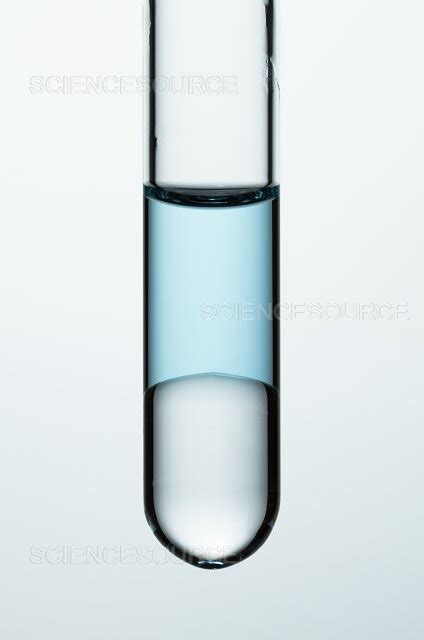Understanding Dichloromethane’s Water Solubility

Dichloromethane (CH2Cl2), also known as methylene chloride, is a versatile solvent widely used in various industries. Its solubility in water is a crucial factor to consider when handling, storing, or disposing of this chemical.
Key Findings
- Dichloromethane is partially soluble in water.
- Its solubility decreases with increasing temperature.
- The solubility of dichloromethane in water is approximately 2% (w/w) at room temperature (25°C).
Factors Affecting Solubility
The solubility of dichloromethane in water is influenced by several factors:
- Temperature: As temperature increases, the solubility of dichloromethane in water decreases.
- Pressure: Increased pressure has a negligible effect on solubility.
- Surface Tension: The low surface tension of dichloromethane contributes to its partial solubility in water.
Table 1: Solubility of Dichloromethane in Water at Different Temperatures
| Temperature (°C) | Solubility (g/100 g water) |
|---|---|
| 0 | 1.90 |
| 10 | 1.82 |
| 20 | 1.75 |
| 25 | 1.70 |
| 30 | 1.65 |
Applications and Considerations
Despite its partial solubility in water, dichloromethane finds numerous applications due to its versatility as a solvent. These include:
- Paint Stripping: Dichloromethane is an effective paint stripper due to its ability to dissolve various types of paints.
- Metal Degreasing: It is used to remove oils and greases from metal surfaces.
- Extraction: Dichloromethane is used to extract organic compounds from aqueous solutions.
- Polymer Production: It is involved in the production of certain polymers, including polyvinylidene chloride (PVDC).
Table 2: Applications of Dichloromethane
| Application | Description |
|---|---|
| Paint Stripping | Dissolves paints for easy removal |
| Metal Degreasing | Removes oils and greases from metal surfaces |
| Extraction | Isolates organic compounds from water |
| Polymer Production | Aids in the formation of certain polymers |
Environmental Concerns
The partial solubility of dichloromethane in water can pose environmental concerns. It can contaminate water sources, particularly groundwater, if spilled or disposed of improperly. Its toxicity to aquatic organisms is also a concern.
Table 3: Environmental Impacts of Dichloromethane
| Impact | Description |
|---|---|
| Water Contamination | Can contaminate groundwater and surface water |
| Aquatic Toxicity | Toxic to fish and other aquatic organisms |
| Greenhouse Gas | Contributes to climate change |
Table 4: Strategies for Mitigating Environmental Impacts
| Strategy | Description |
|---|---|
| Proper Disposal | Dispose of dichloromethane according to regulations to prevent contamination |
| Containment | Use closed systems to minimize spills and leaks |
| Bioremediation | Use microorganisms to degrade dichloromethane in contaminated environments |
| Alternative Solvents | Explore less toxic and water-soluble solvents for certain applications |
FAQs
1. Is dichloromethane completely soluble in water?
No, dichloromethane is only partially soluble in water, with approximately 2% dissolving at room temperature.
2. Why is the solubility of dichloromethane in water important?
It influences the environmental impact, disposal methods, and safety precautions associated with using dichloromethane.
3. What are the potential risks of dichloromethane exposure?
Inhalation or contact with dichloromethane can cause health effects such as dizziness, nausea, and skin irritation. Chronic exposure may lead to cancer.
4. How can I safely handle dichloromethane?
Use it in well-ventilated areas, wear protective gear, and dispose of it properly according to regulations.
5. Are there any alternatives to dichloromethane?
Yes, there are less toxic and water-soluble solvents that can be used for some applications, such as acetone or isopropanol.
6. What are potential applications for the partial solubility of dichloromethane in water?
One potential application could be in the development of novel drug delivery systems where controlled release of drugs into water environments is desired.
